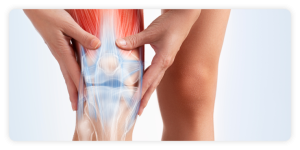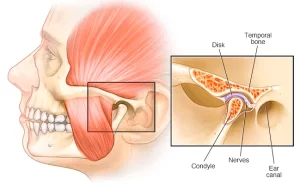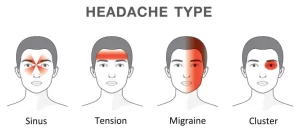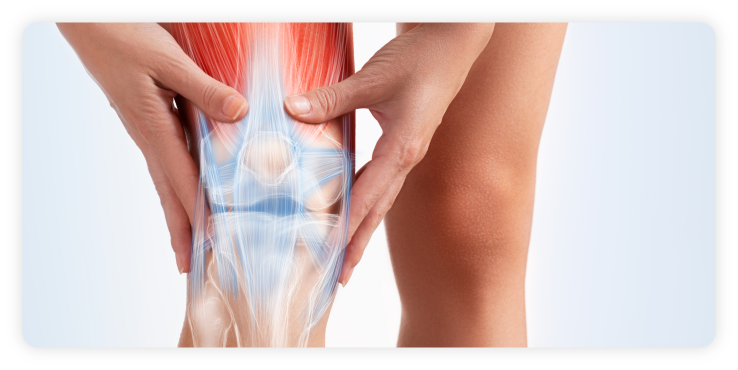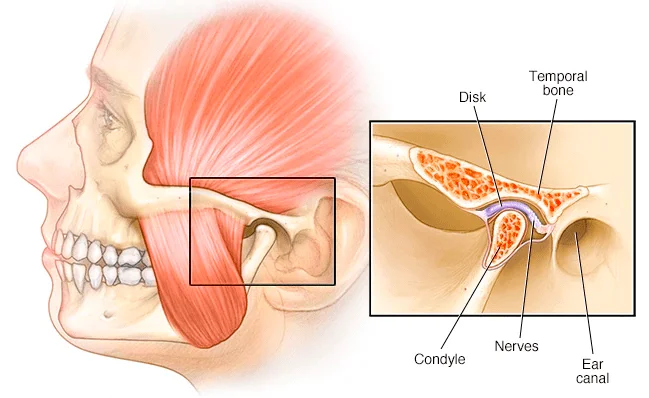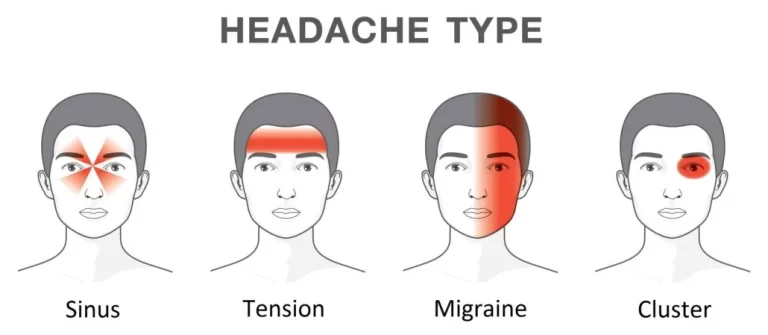What are Shoulder Labrum Tears?
The shoulder has three bones which are the scapula (shoulder blade), humerus (upper arm bone) and clavicle (collarbone). They work together in a ball-and-socket joint where the arm connects to the trunk. The shoulder labrum is a piece of soft cartilage that helps connect the socket part of the scapula called the glenoid with the head of the humerus. Shoulder labrum tears can happen anywhere around the glenoid socket. If the labrum tears, there is not enough cushion between those bones. Repetitive motion and injuries can also tear the labrum often causing pain.
With guided rehabilitation through physio in Singapore, it’s possible to manage symptoms, improve joint function, and support a safe return to movement.
Types of Shoulder Labrum Tears
There are two main types of Labrum Tears:
– SLAP Tear or lesion: When the tear is above the middle of the glenoid, it is called a SLAP tear or SLAP lesion. SLAP stands for “superior labrum, anterior to posterior,” which means front to back. This kind of labrum tear is common among anyone who uses a lot of overhead arm motions, baseball players and tennis players. They also often occur with damage to the biceps tendon.
– Bankart Tear or lesion: When the damage is to the lower half of the glenoid socket, it is called a Bankart lesion or tear. Bankart tears are more common in younger people with dislocated shoulders.
Symptoms of Shoulder Labrum Tears
A labrum tear is usually painful. It may feel like the shoulder joint is popping, grinding, catching, or locking. This pain usually results in loss of strength, instability in the shoulder, and decreased range of motion. Pain at night or while doing daily activities is also common.
Shoulder Labrum Tears Treatment
To treat Labrum Tears, physical therapy is recommended to strengthen the muscles of the shoulder, especially on the rotator cuff. Manual therapy will be done to decrease pain and begin to restore movement in the shoulder area. Improving the strength of the shoulder muscles through strengthening exercises will help reduce the stresses placed on the torn labrum and allow for better healing. Gentle stretches of the chest muscle and a home exercise program will be prescribed to improve the function of the muscles surrounding the shoulder. If in doubt, please seek professional advice.
Take the First Step Toward Shoulder Recovery
Shoulder discomfort from a labrum tear can affect everything from daily tasks to sleep. Don’t wait for the pain to worsen. Our physio clinic in Singapore offers targeted rehabilitation to improve shoulder strength, restore stability, and help you move with ease again. With a personalised approach, recovery becomes a guided, step-by-step process you can trust.
Check out our popular articles: Diastasis Recti, Tight Back Muscles, Irritable Bowel Syndrome (IBS), Temporomandibular Joint (TMJ) Dysfunction, Tennis Elbow, Wrist Tendon Injury, Sciatica, Whiplash, Hernia, Herniated Disc (Slipped Disc).

